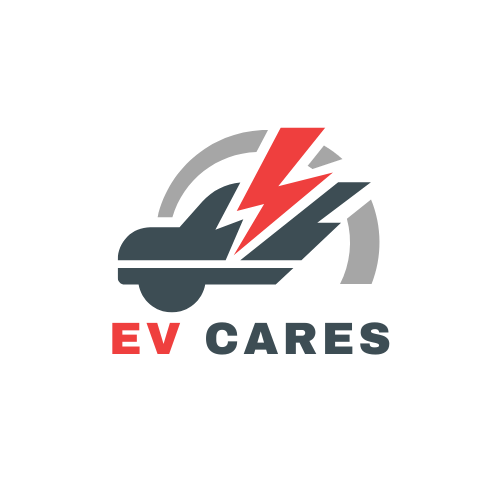EV CARES A VENTURE OF RK JAIN ASSOCIATES
In any operation, be it automotive, industrial, or domestic, the importance of regular maintenance and timely repairs cannot be overstated. This document serves to underscore the critical role of proactive maintenance practices in preventing breakdowns, minimizing downtime, and optimizing efficiency. By adhering to a well-planned maintenance schedule, individuals and organizations can safeguard their assets, reduce costs, and ensure long-term reliability.
Accidental repair refers to the process of fixing damages or faults that occur unexpectedly due to accidents, mishaps, or unforeseen events.
Assessment of Damage:
The first step in accidental repair is to assess the extent of the damage caused by the accident. This involves a thorough inspection of the affected object, equipment, or property to identify all areas requiring repair.
Documentation of Damage:
Detailed documentation of the damage is essential for insurance claims, legal purposes, and tracking repair progress. Photographs, written descriptions, and damage reports may be generated to record the condition of the object before and after repair.
Safety Assessment:
Before initiating repairs, safety assessments are conducted to ensure that the repair environment is safe for technicians and bystanders. Hazards such as electrical dangers, structural instability, or hazardous materials must be identified and mitigated.
- Priority Determination:
Depending on the severity of the damage and the criticality of the affected object, priorities for repair are established. Urgent repairs required for safety or operational reasons are given top priority, while cosmetic or non-essential repairs may be deferred.
Material and Resource Acquisition:
Necessary materials, replacement parts, and resources are acquired to facilitate the repair process. This may involve sourcing components from suppliers, coordinating deliveries, and ensuring that all required tools and equipment are available.
Planning and Coordination:
A repair plan is developed outlining the sequence of tasks, resource allocation, and timelines for completing the repairs. Coordination with stakeholders, such as property owners, insurance companies, and regulatory authorities, may also be necessary.
Repair Execution:
Skilled technicians or repair personnel carry out the necessary repairs according to the established plan. This may involve structural repairs, component replacement, system reconfiguration, or other corrective measures to restore functionality and integrity.
Quality Control and Assurance:
Throughout the repair process, quality control measures are implemented to ensure that repairs meet established standards and specifications. Inspections, tests, and verification procedures are conducted to validate the effectiveness and safety of the repairs.
Compliance with Regulations:
Repairs are carried out in compliance with relevant regulations, building codes, safety standards, and industry best practices. Adherence to regulations ensures that repaired objects meet legal requirements and uphold safety standards.
Verification of Functionality:
Once repairs are completed, the functionality of the repaired object is verified through testing and validation procedures. This ensures that the object operates as intended and meets performance requirements following the accident.
Documentation of Repairs:
Detailed records of the repair process, including work performed, materials used, and test results, are documented for reference and auditing purposes. This documentation provides a comprehensive record of the repair history and may be required for future reference.
Customer Communication and Satisfaction:
Throughout the repair process, clear and transparent communication with customers or stakeholders is maintained to keep them informed of progress, timelines, and any changes to the repair plan. Customer satisfaction is prioritized, and feedback is solicited to ensure that expectations are met.




